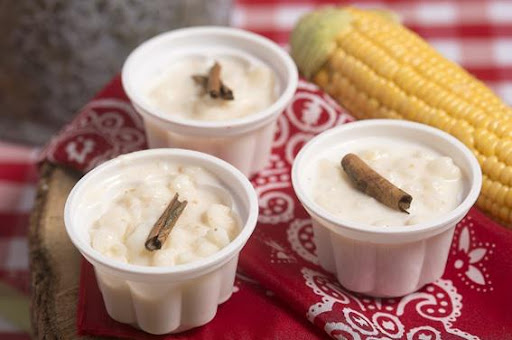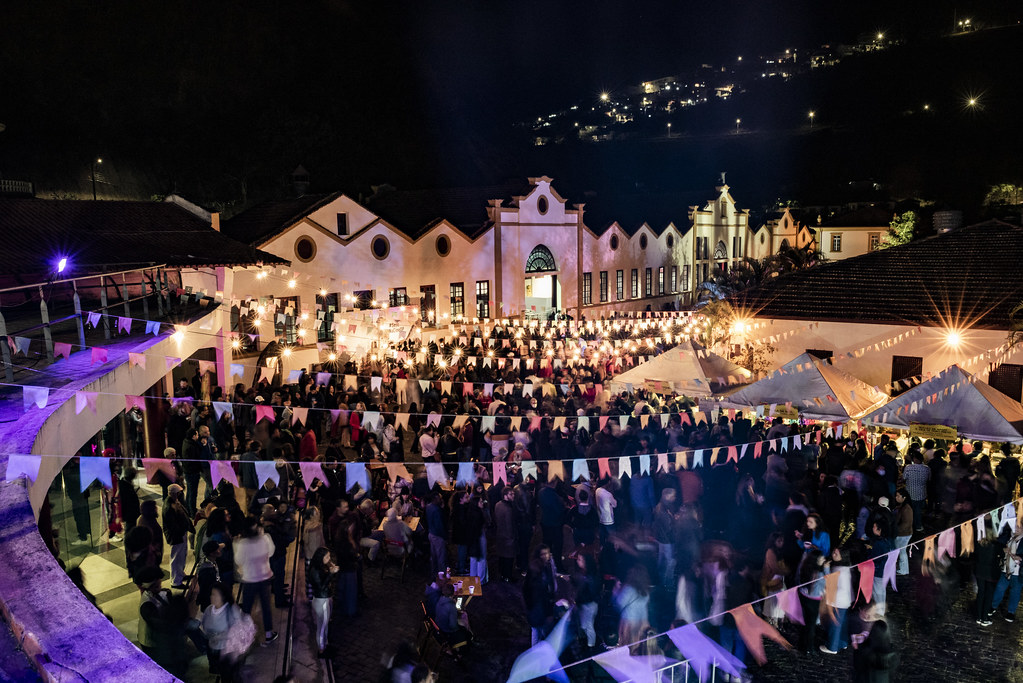Here’s a fact most foreigners don’t know about Brazil’s party scene: Carnival isn’t actually the most popular celebration among locals. While it may be the country’s most iconic festival abroad, a national survey revealed that Festa Junina—a colorful, rural-inspired June celebration—is the most attended festivity among Brazilians living in capital cities. According to the Cultura nas Capitais study, 78% of participants had joined a Festa Junina in the past year, while only 48% took part in Carnival parades or street parties.
So what makes Festa Junina so special?
Held throughout June (and often stretching into July), these lively festivals celebrate country life, community, and Catholic saints—especially St. John (São João), the event’s namesake. Rooted in European midsummer traditions and reimagined with Brazilian flair, Festa Junina takes place across the country in schools, churches, town squares, and major city venues alike. Its decentralized nature makes it more accessible—and more personal—than Carnival.

What to expect:
- Strings of colorful flags (bandeirinhas)
- Bonfires
- Traditional “caipira” attire: checkered shirts, straw hats, and ruffled dresses
- Folk dance performances, especially the choreographed quadrilha
- Classic games like fishing-for-prizes and ring toss
And of course, lots of food.
What’s on the menu?
Corn takes center stage, appearing in regional favorites like pamonha (sweet corn paste wrapped in husks), canjica or mungunzá (depending on where you are), boiled corn, popcorn, pé-de-moleque, paçoca, quentão (a hot spiced drink), and mulled wine. Just don’t try to resolve the age-old canjica vs. mungunzá naming debate—it depends on which part of Brazil you’re in.

Where are the biggest celebrations?
The Northeast region throws the most massive parties:
- Campina Grande (Paraíba) expects over 2.8 million attendees across 38 days of São João festivities.
- Caruaru (Pernambuco) welcomes 3.5 million people over a record-breaking 72 days.
Major cities like São Paulo and Belo Horizonte also host popular versions, including events at São Paulo’s Centro de Tradições Nordestinas and countless quermesses at local churches and schools.
While Carnival dominates the headlines, Festa Junina quietly steals the hearts of locals. It’s a celebration rooted in community, tradition, and joy—reminding us that sometimes, the most meaningful parties aren’t the ones broadcast to the world, but the ones shared with neighbors, music, laughter, and a plate full of pamonha.




